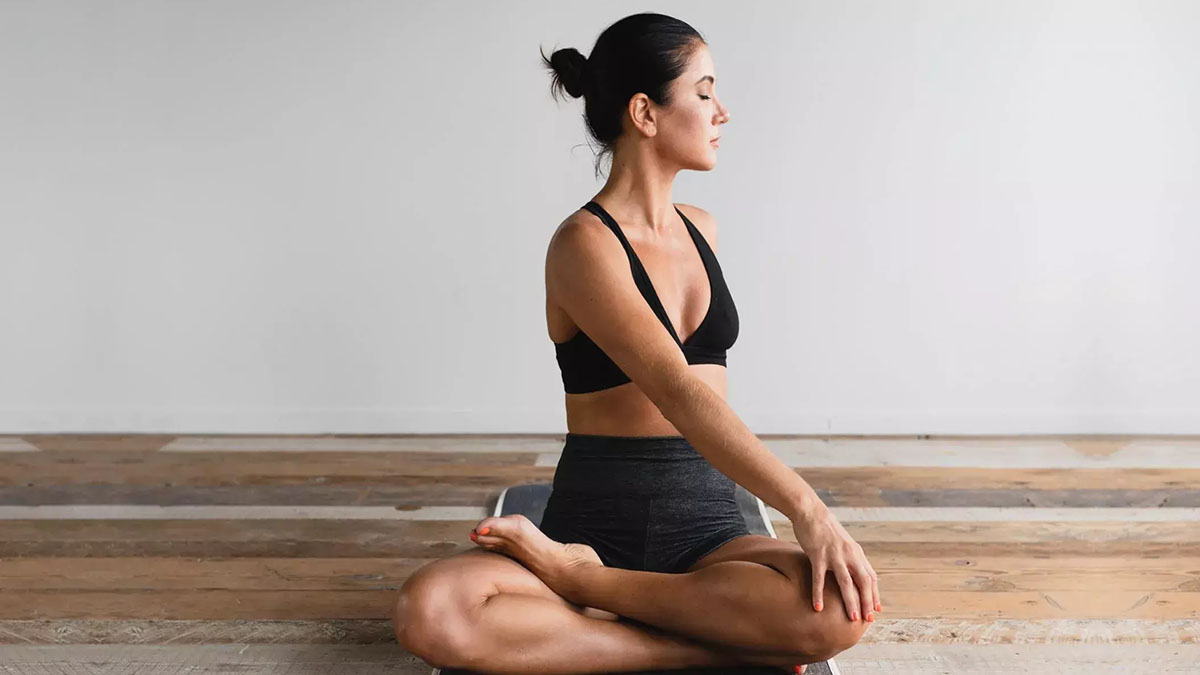
Yoga is widely celebrated for its numerous physical and mental health benefits. From improving flexibility to reducing stress, it’s a practice embraced by millions around the world. However, while yoga can be beneficial for many, it’s not suitable for everyone. Certain individuals may need to avoid or modify their yoga practice to prevent injury or exacerbation of existing health conditions. In this post, we’ll explore who should avoid yoga or approach it with caution.
1. Individuals with Severe Back Injuries
Yoga involves a range of stretches and postures that can put stress on the spine. While some poses can help alleviate back pain, those with severe or acute back injuries should be cautious. Certain movements, particularly forward bends and twists, may worsen the condition. It’s crucial for individuals with significant back issues to consult a healthcare provider before practicing yoga and consider working with a certified yoga instructor who can suggest modifications.
2. Pregnant Women (Without Proper Guidance)
While prenatal yoga can be extremely beneficial for pregnant women, not all yoga practices are safe during pregnancy. Certain poses, especially those that involve deep twists, intense stretches, or lying flat on the back after the first trimester, can be risky. Pregnant women should seek out specialized prenatal yoga classes led by experienced instructors who can tailor the practice to ensure the safety of both mother and baby.
3. People with Severe Osteoporosis
Osteoporosis weakens bones, making them more susceptible to fractures. Yoga poses that involve weight-bearing on the wrists, sudden movements, or deep forward bends can increase the risk of injury in those with severe osteoporosis. Individuals with this condition should avoid high-intensity or strenuous yoga practices and opt for gentle, low-impact exercises instead.
4. Those with Uncontrolled High Blood Pressure
Certain yoga poses, particularly inversions like headstands or shoulder stands, can cause a temporary increase in blood pressure. For individuals with uncontrolled high blood pressure, these poses can be dangerous. It’s essential for those with hypertension to manage their condition and consult with a healthcare professional before starting yoga, opting for a practice that avoids high-risk poses.
5. People with Eye Conditions like Glaucoma
Inversions and poses that put pressure on the head and eyes can exacerbate conditions like glaucoma, where increased eye pressure can lead to vision problems. Those with glaucoma should avoid poses that involve hanging the head below the heart and should focus on gentle, seated, or standing postures instead.
6. Individuals with Severe Balance Issues
Yoga requires a certain level of balance and coordination. For individuals with severe balance issues, such as those caused by vertigo or neurological conditions, certain poses can increase the risk of falls and injuries. It’s important for these individuals to practice yoga with caution, possibly using props like chairs or walls for support, and avoiding poses that challenge balance excessively.
7. People Recovering from Surgery
Post-surgery recovery requires time and care, and engaging in yoga too soon can interfere with the healing process. Depending on the type of surgery, certain movements can strain the area of surgery, leading to complications. Those recovering from surgery should wait for clearance from their healthcare provider and gradually ease back into yoga with gentle practices.
Conclusion
While yoga offers many benefits, it’s not a one-size-fits-all practice. Individuals with certain health conditions or physical limitations should approach yoga with caution, modify their practice, or avoid it altogether to prevent injury. Consulting with healthcare providers and working with experienced yoga instructors can help ensure that yoga is practiced safely and effectively. Remember, the key to reaping the benefits of yoga lies in practicing it mindfully and understanding your own body’s needs and limitations.
